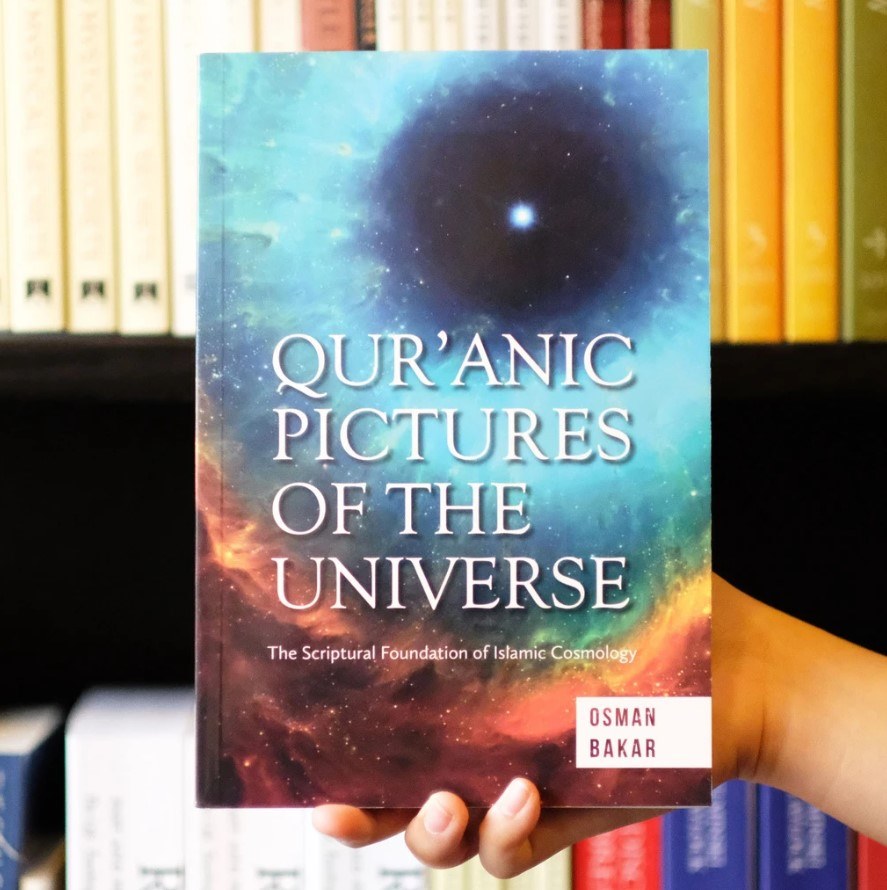Quranic Pictures of the Universe: The Scriptural Foundation of Islamic Cosmology

“Quranic Pictures of the Universe: The Scriptural Foundation of Islamic Cosmology” by Osman Bakar offers a groundbreaking exploration of a fundamental theme within the Qur’an: its depictions of the universe. Published recently, this book represents a significant contribution to the field of Islamic cosmology, shedding light on a relatively unexplored aspect of Qur’anic discourse.
Osman Bakar, a distinguished scholar in Islamic studies, delves into the Qur’anic verses that depict the universe, offering fresh insights and perspectives on Islamic cosmology. Through a meticulous analysis of these verses, Bakar uncovers the scriptural foundation of Islamic views on the cosmos, providing readers with a deeper understanding of the Qur’an’s perspective on cosmology, natural sciences, and the interplay between religion and science.
One of the key strengths of Bakar’s book lies in its interdisciplinary approach, bridging the realms of theology, cosmology, and scientific exegesis. Bakar navigates through the complex terrain of Qur’anic interpretation, offering a nuanced exploration of the relationship between scriptural teachings and scientific knowledge.
Moreover, Bakar’s work contributes to the ongoing discourse on the epistemology of scientific exegesis (tafsīr ‘ilmy) of the Qur’an, offering valuable insights into how Islamic scripture can be interpreted in light of modern scientific discoveries. By engaging with both traditional Islamic scholarship and contemporary scientific discourse, Bakar enriches the dialogue between religion and science, fostering a deeper appreciation for the Qur’an’s relevance in addressing contemporary cosmological questions.
Overall, “Quranic Pictures of the Universe” is a seminal work that will prove indispensable to scholars, students, and anyone interested in deepening their understanding of Islamic cosmology and the Qur’an’s perspective on the universe. Bakar’s erudite analysis and innovative approach make this book a significant contribution to the field, paving the way for further exploration and dialogue at the intersection of religion and science.
Discover more from Islam Hashtag
Subscribe to get the latest posts sent to your email.




